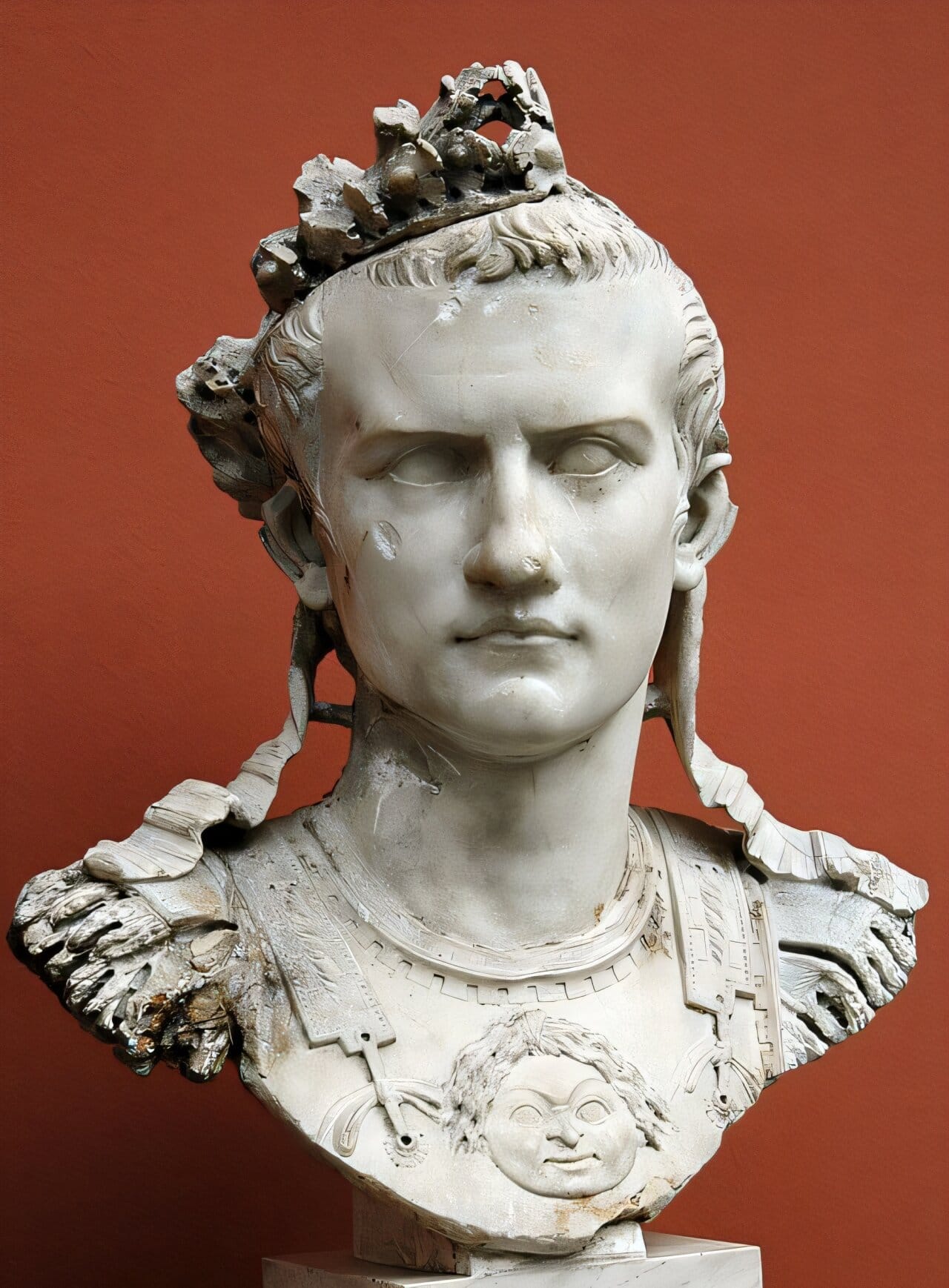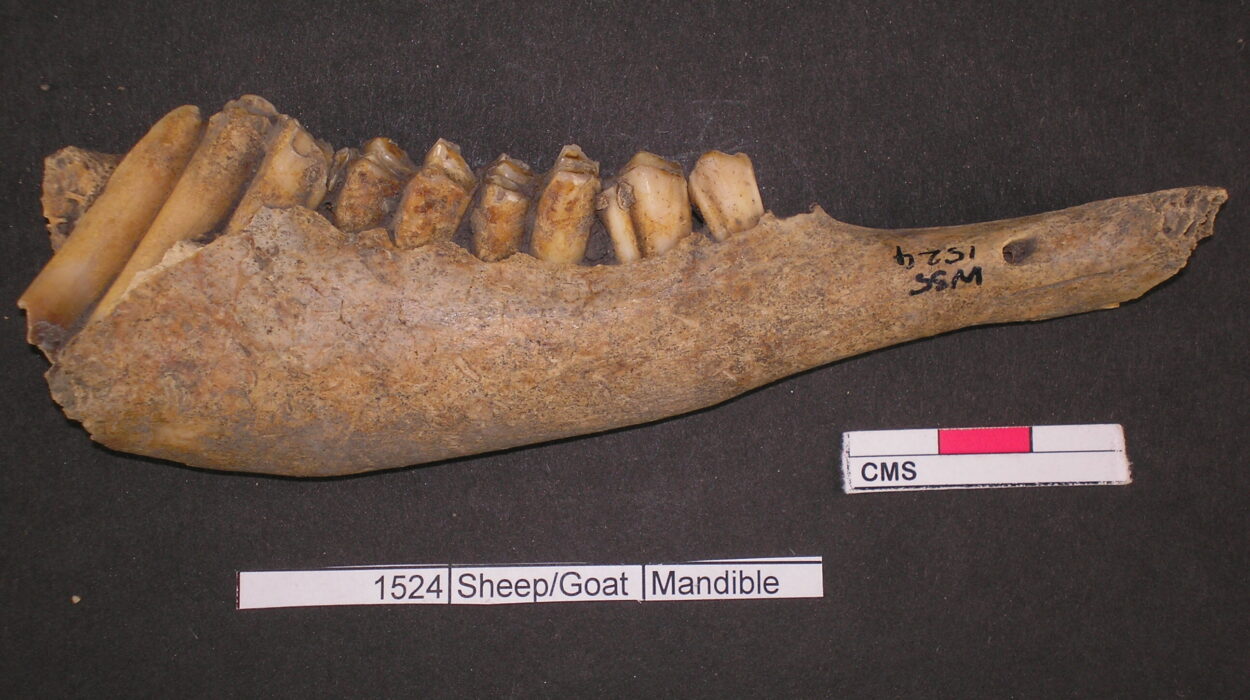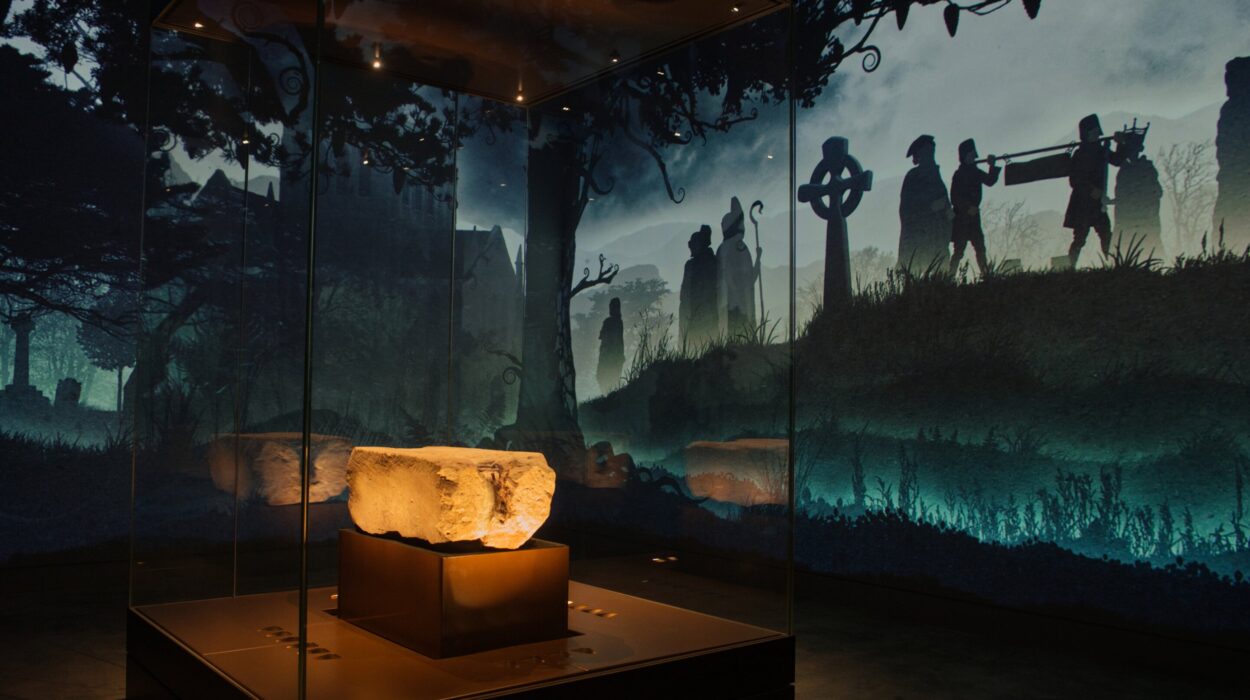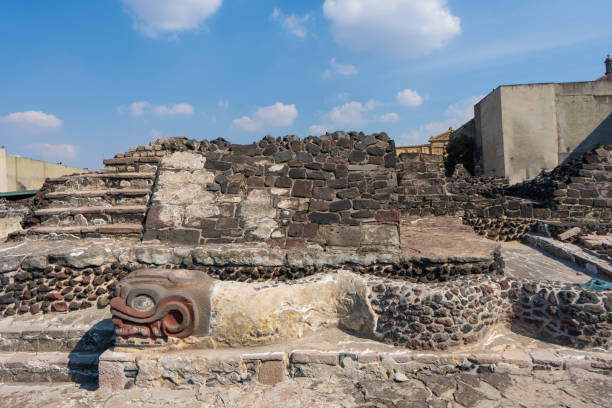In the annals of history, few figures have been as reviled as the Roman Emperor Caligula. Infamous for his erratic cruelty and bloodthirsty reign, Caligula’s name has become synonymous with madness, excess, and despotic power. However, a surprising new study from Yale University sheds light on a different side of the emperor—a side that shows he may have been more than just a deranged tyrant.
According to researchers at the Yale Ancient Pharmacology Program (YAPP), Caligula was likely well-versed in medicinal plants and pharmacology—knowledge that may have even influenced some of his more notorious decisions. The study, published in the journal Proceedings of the European Academy of Sciences and Arts, delves into a seemingly trivial anecdote from ancient texts, revealing that Caligula may have been a more learned man than history typically paints him to be.
At the heart of this study is an unusual passage from Suetonius’s The Twelve Caesars, a collection of biographies about the Roman emperors. The story, often overlooked or dismissed, tells of a Roman senator who sought medical leave to visit Antikyra, a Greek town renowned for its hellebore treatments. This particular senator, suffering from an unnamed ailment, asked Caligula to extend his leave. Instead of compassion, the emperor ordered the senator’s execution, quipping that “a bloodletting was necessary for one whom hellebore had not benefited in all that time.”
To many, this was just another example of Caligula’s cruelty. But Yale scholars suggest that this anecdote reveals more about Caligula’s knowledge of ancient medicine, specifically the therapeutic use of hellebore, a plant known for its purgative and medicinal properties. And just as importantly, it sheds light on how Caligula’s actions may have been rooted in a deep, albeit twisted, understanding of pharmacology.
Antikyra: The Mayo Clinic of the Roman World
While Caligula’s reign is remembered for terror and intrigue, the study reveals an intriguing aspect of his character: his familiarity with medical practices that were highly regarded in the Roman world. The town of Antikyra, situated on the Gulf of Corinth in central Greece, was known far and wide for its specialized use of hellebore in treating various conditions such as epilepsy, melancholy, and mental illness.
Andrew Koh, co-author of the study and principal investigator at YAPP, explains that Antikyra was to the Roman Empire what the Mayo Clinic is to modern-day America—a place where the wealthy and powerful came to seek the best available medical treatments. The town was home to a unique blend of ancient wisdom and local knowledge, particularly about hellebore, a plant revered for its ability to purify the body and mind. Hellebore came in two varieties: white hellebore, used to treat afflictions of the head, and black hellebore, which was said to clear the bowels.
“Antikyra functioned as a kind of medical tourism hotspot,” Koh said. “The elites of Rome would travel there just as modern patients travel to specialized medical centers for treatments not available elsewhere. It’s not just a place where Romans went for leisure; it was a destination for serious medical care.”
Roman bigwigs, including influential senators and even emperors, would have known about the town’s healing properties. Medical practitioners from Greece, including those who had trained in Antikyra, had begun arriving in Rome by the first century BCE, bringing with them knowledge of hellebore’s purported healing properties.
As the study notes, this isn’t just about a plant; it’s about understanding the deep connection between the ancient world’s evolving medical knowledge and the treatment practices that still influence modern pharmacology. Ancient Greeks and Romans were pioneers in the study of medicinal plants, laying the groundwork for the herbal remedies and pharmaceuticals we rely on today.
Hellebore and Its Medicinal Legacy
Hellebore, while difficult to study in modern times due to the vagueness of ancient botanical classifications, played a significant role in ancient medical practices. In the ancient world, hellebore was used not only as a purgative but also for treating mental illness, a groundbreaking approach for its time. The plant was believed to have a profound effect on the brain and nervous system, making it a sought-after remedy for conditions like epilepsy and “melancholy”—what we might now recognize as clinical depression or bipolar disorder.
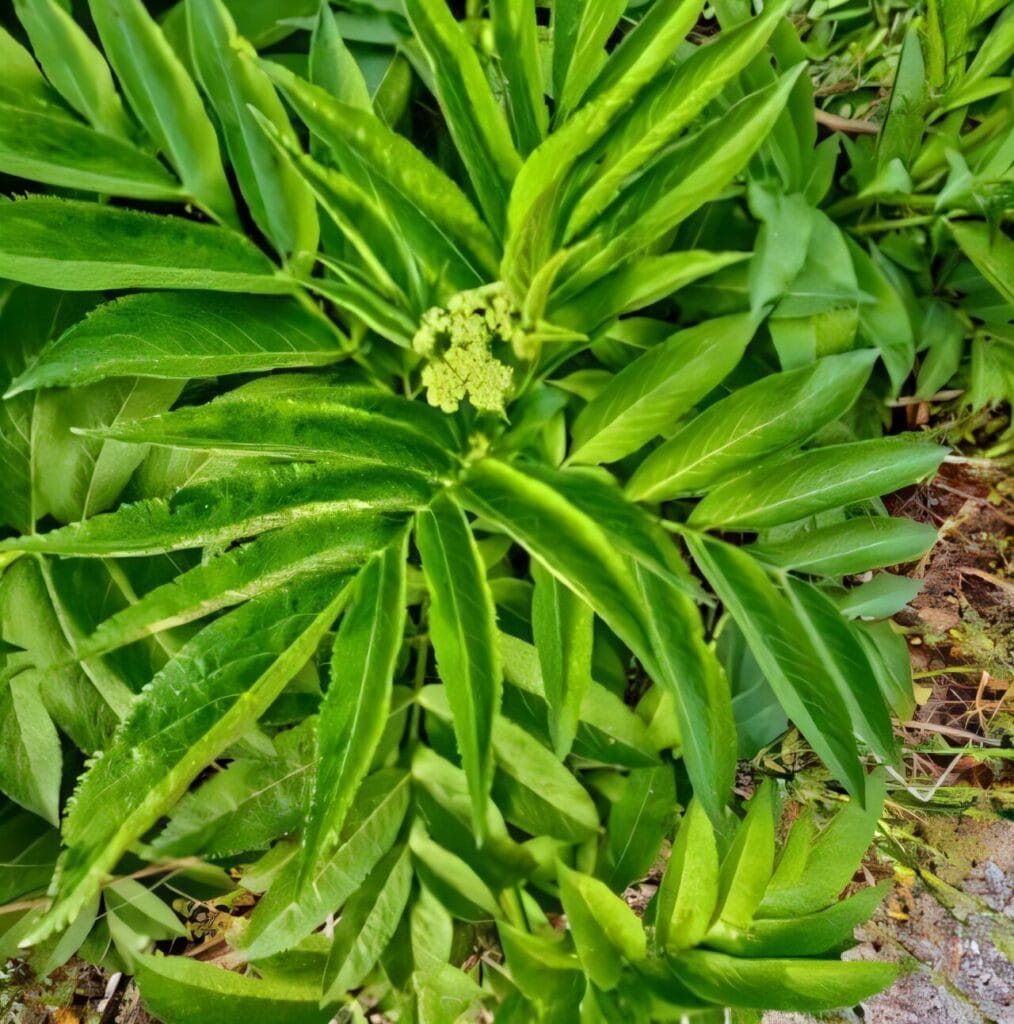
However, the use of hellebore was not without its risks. The plant, when used improperly, could cause severe side effects, including poisoning. This is where the expertise of Antikyra’s healers came into play. The town’s medical practitioners were known for their careful formulation of hellebore potions, combining it with other plants like sesamoides to render the treatments safer and more effective.
Despite the risks, Antikyra’s reputation spread far beyond Greece, making it a place of pilgrimage for those seeking cures for ailments that modern medicine still struggles to address. By the time Caligula ascended to the throne, the town had long been associated with cutting-edge medical practices, albeit ones that were steeped in the lore of ancient herbalism and mysticism.
Caligula: More Than Just a Tyrant?
The story from The Twelve Caesars, in which Caligula mocks the senator for failing to benefit from hellebore, paints a chilling portrait of the emperor. But the Yale study offers a different interpretation. The researchers suggest that Caligula’s actions were not simply those of a madman; they were likely based on his personal knowledge of pharmacology and medical practices.
“We’re presenting a more nuanced version of Caligula,” said Trevor Luke, co-author of the study and associate professor of classics at Florida State University. “While his cruelty is undeniable, it’s clear from this anecdote that he was knowledgeable about medical treatments, including the use of hellebore. This is not a trivial matter—it shows that he understood the medical treatments of his time and may have used them in ways that we have not previously considered.”
In fact, Caligula’s decision to order the senator’s execution might not have been an act of senseless violence. Instead, it may have been rooted in his deep understanding of hellebore’s properties. Ancient texts, including those by Celsus, recommended bloodletting as an alternative to hellebore in treating conditions like epilepsy—a disease Caligula was believed to have suffered from himself.
This new interpretation suggests that Caligula was not just a tyrant consumed by paranoia and cruelty but a ruler with a significant understanding of the medical and pharmacological practices of his time. His references to bloodletting and hellebore may have been informed by his own personal experiences with epilepsy, a condition that was often treated with such remedies in the ancient world.
A More Complete Understanding of Caligula’s Legacy
While historians have long focused on Caligula’s infamous cruelty, the study provides a fresh perspective on his character. By blending historical analysis with modern scientific research, Koh and Luke suggest that Caligula was not entirely disconnected from the intellectual and cultural advancements of his time. His tyrannical actions, though horrific, might have been underpinned by a more educated approach to some aspects of governance, particularly medicine.
“Caligula is often remembered as a madman, but it’s possible that he was more complex than that,” Koh said. “Our research does not excuse his actions, but it offers a broader view of his intellect, particularly in his understanding of pharmacology and medicinal plants.”
The study also highlights the value of interdisciplinary research in understanding history. By combining historical texts with ethnobotanical data—such as the study of ancient plant remedies—researchers are able to reframe long-standing perceptions of historical figures and events. In this case, the seemingly insignificant anecdote about a Roman senator and hellebore serves as a gateway to a more well-rounded understanding of one of history’s most notorious emperors.
A New Frontier in Historical Medical Research
As Yale researchers continue their work, they plan to test the phytochemicals found in modern-day hellebore plants to evaluate their efficacy in relation to their ancient uses. Koh and Luke are also analyzing historical texts to understand the biochemical interactions of the plants described by ancient medical practitioners, providing a unique opportunity to merge historical scholarship with cutting-edge scientific inquiry.
“By understanding the chemical properties of plants like hellebore, we can bridge the gap between ancient medical practices and modern pharmacology,” Koh explained. “It’s a perfect example of how studying the past can offer insights into the present and even inform future medical research.”
In the end, the study challenges us to reconsider the legacy of Caligula—not just as a madman, but as a ruler who, for all his faults, was also a product of his time, deeply immersed in the intellectual and medical practices of the ancient world. And perhaps, in the bizarre world of Roman emperors, his knowledge of medicinal plants is just one more piece of the puzzle that makes up the enigma of Caligula’s reign.
Reference: Trevor S. Luke et al, Antikyran hellebore in the time of Caligula, Proceedings of the European Academy of Sciences and Arts (2025). DOI: 10.4081/peasa.56
